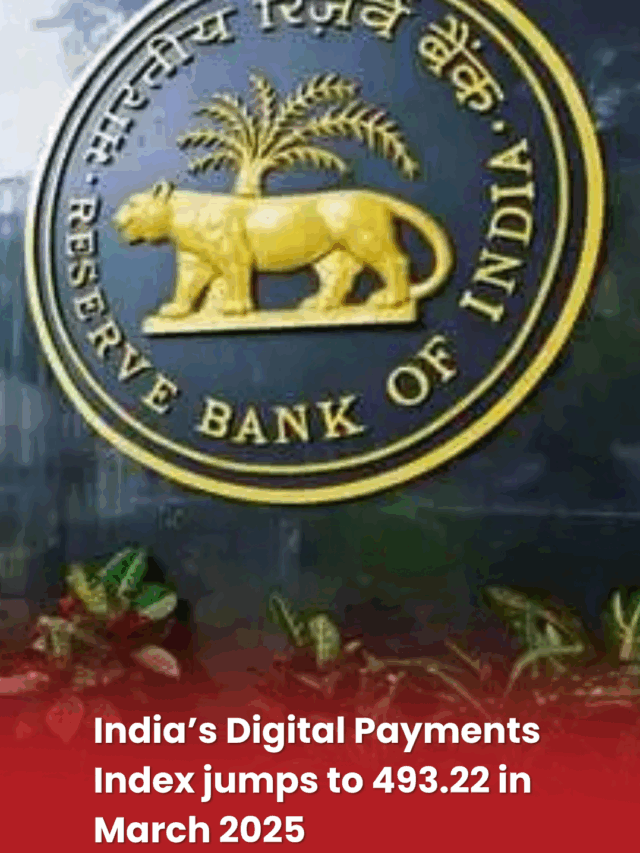Source: The Economic Times
Amid recent volatility, seasoned market analyst Rohit Srivastava advises investors to remain vigilant, emphasizing a “cautious optimism” approach as financial markets face ongoing fluctuations. Market corrections have triggered temporary rallies, but Srivastava cautions against interpreting these as the start of a sustained recovery. His guidance is rooted in an awareness of broader economic conditions, including rising interest rates, inflationary pressures, and recent banking sector challenges in the U.S., all of which continue to influence investor sentiment.
Key Market Drivers Behind Caution
Global Economic Uncertainty
The current slump is shaped by factors that extend beyond Indian borders. Global inflation, driven by supply chain disruptions and persistent demand-supply imbalances, is impacting consumer prices and investor confidence worldwide. In response, central banks, especially the U.S. Federal Reserve, have pursued aggressive interest rate hikes. While these measures aim to curb inflation, they also increase the cost of borrowing, making investment more challenging for businesses. Srivastava notes that this scenario is likely to keep the market under pressure in the near term.

Banking Sector Concerns
Recent instability in the U.S. banking sector, which began with liquidity concerns in mid-tier banks, adds another layer of complexity. Many international and domestic investors are uncertain about the extent of exposure across financial institutions, which has fueled a risk-averse climate. The banking crisis has shown how fragile economic recoveries can be, especially when compounded by unpredictable events.
Short-Term Rallies: Not a Signal of Stability
Despite temporary gains seen after steep falls, Srivastava cautions that these “relief rallies” are often short-lived. Investors sometimes interpret such upswings as signs of a market turnaround, only to see subsequent drops. These mini-rallies can be attractive but are often misleading, as they don’t necessarily reflect underlying economic resilience. He advises investors to avoid impulsive trading based on daily or weekly gains and to view these rallies with skepticism until a more stable pattern emerges.
Long-Term Strategies: Focus on Resilience
For long-term investors, Srivastava’s approach is more strategic than reactive. He encourages focusing on sectors with strong fundamentals that tend to perform well during periods of economic instability. Consumer staples, utilities, and healthcare are areas where demand remains relatively stable, even in volatile markets. Investing in these sectors provides a buffer against risk, as these industries are less influenced by economic cycles compared to tech or luxury sectors, which often experience higher volatility in economic downturns.
Risk Management Tips for Investors
Srivastava’s advice aligns with general wealth management recommendations, which prioritize capital preservation in uncertain times. Here are a few strategies he suggests:
- Diversification Across Sectors: Instead of concentrating investments in one sector, a diversified portfolio can help balance potential losses. In a market slump, gains in defensive sectors can offset potential losses in riskier investments.
- Avoid Speculative Bets: Srivastava strongly discourages speculative investments, especially in high-risk assets like cryptocurrency or overleveraged stocks. He notes that these assets tend to exhibit extreme volatility, which can erode capital quickly in a downturn.
- Monitor Economic Indicators: Investors should stay informed on interest rates, inflation data, and central bank policies. These indicators are crucial for predicting market behavior. In the current environment, watching economic data can help investors make timely adjustments, such as reducing exposure to high-risk sectors or investing in low-risk assets.
- Maintain Cash Reserves: A cash buffer provides flexibility, allowing investors to take advantage of lower stock prices during market dips. Instead of being fully invested, Srivastava recommends keeping some cash reserves as this enables buying opportunities when conditions improve.
Cautious Optimism for the Future
While Srivastava’s overall outlook remains conservative, he also sees potential for future gains once the market stabilizes. Long-term market cycles show that periods of economic instability can lead to attractive investment opportunities as prices bottom out. Srivastava suggests that investors look for signs of economic stabilization, such as a decline in inflation rates or a halt in interest rate hikes, as potential indicators for re-entering the market with confidence.
A Mindful Approach to the Market Slump
In today’s unpredictable financial environment, Rohit Srivastava’s guidance offers investors a prudent path. By exercising caution, diversifying investments, and staying informed on economic indicators, investors can navigate this challenging period without compromising their long-term financial goals.
As always, a measured approach, grounded in patience and strategic planning, is key to weathering the current market slump and emerging in a stronger position once stability returns. This period, while challenging, serves as an opportunity for investors to reassess portfolios, strengthen risk management practices, and build resilience against future economic fluctuations.
Follow for more updates.
















